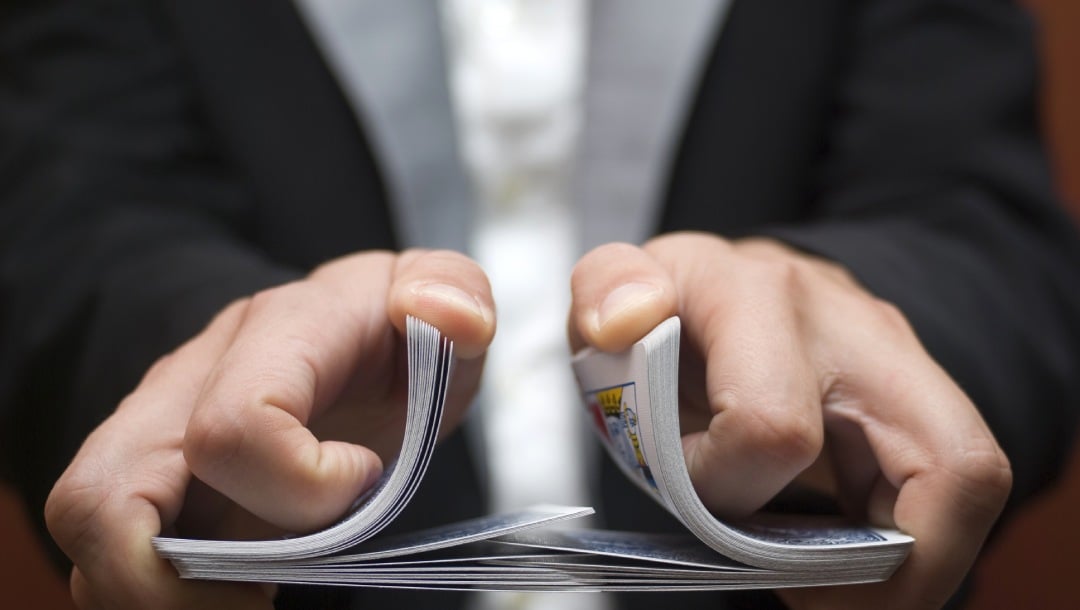
Maybe you currently understood about shuffling. When it comes to a deck of cards, likelihood is something most individuals understand much less about. As pointed out, it’s real that with simply 7 riffles, you’ll have a special series. That’s a series that hasn’t been seen before and will never ever be seen once again.
Unexpected? The mathematics ends up being complete stranger. Envision you began shuffling at the start of the observable universe over 13 billion years back. If you finished a seven-riffle shuffle every 2nd, you ‘d likely never ever have actually seen the exact same deck of cards order two times.
For some context, the overall variety of mixes you can make is 8.0658 x 1067. The universe is just around 1 x 10 18 seconds old. After a real shuffle, you will most likely end up being the President of the United States or be struck by lightning than discover 2 decks in the very same order.
The Probability of the Riffle Shuffle
After one riffle shuffle, you might think about 30 cards properly, in theory. After 2 riffles, that number drops to 19, followed by 13 on the 3rd. With each shuffle, the likelihood of properly thinking the cards drops.
After 7 riffles, a deck of 52 cards must be definitely random, that makes the results unforeseeable and reasonable.
Decreasing the predictability to the outright minimum is essential for video game operators and gamers. The riffle shuffle is the very best method to randomize the order of cards in a deck, which is why it’s a relied on approach. At the very same time, it looks extremely cool, too.


